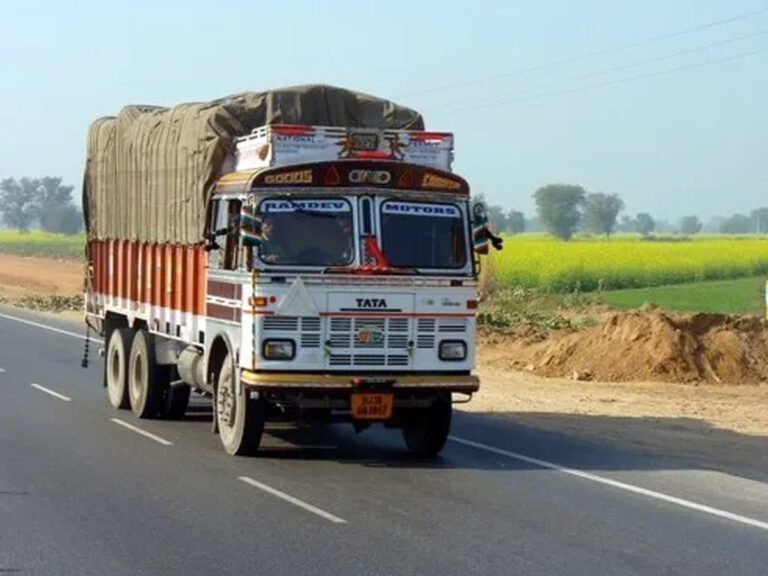The logistics industry in India hailed a new policy launched by the government, namely National Logistics Policy. The logistics sector of the country is vast and extremely fragmented. Through this policy, all the stakeholders of this sector are catered to. This new framework aims to emphasize on streamlining processes for flawless coordination, reducing overall logistics costs, and improving employment generation.
According to the government, the Unified Logistics Interface Platform (ULIP) will integrate all digital services relating to the transportation industry into a single platform, relieving exporters of a variety of extremely drawn-out and difficult procedures. A new digital platform called Ease of Logistics Services – e-logs has also been launched as part of the mega policy concept. Industry organisations can directly address any issue that is hindering their operations and performance, with the government entities using this platform. Additionally, a thorough system has been established for the swift handling of such matters.
According to industry watchers, NLP will introduce a completely new revolutionary approach to logistics services in India, increasing supply chain efficiency.
Launching the NLP is a significant step for the industry. In the next five years, the strategy will assist in lowering the expenses associated with inventory, warehousing, and transportation, which will lower the total cost of logistics to about 8% of GDP. The integration of the logistics sector will be largely facilitated by the digitalization of the industry and the development of unified portals. ELOG will completely handle the difficulties facing the sector, whereas ULIP will act as a single window for the e-logistics market.
Industry watchers agree that the policy’s increased emphasis on improving human resources and operating standards is a well-intended effort to increase the formalisation of the logistics industry in India. Notably, the policy’s provision of logistics and supply chain courses for students is projected to increase employment and address the sector’s workforce concerns.
Impact of NLP on the Logistics Industry in India
1. Creating Jobs and Improving Skills
The NLP will aim to focus particularly on developing youth skill sets and opening up job prospects. The curriculum of the training facility may also cover the importance of skilling, which will raise the pay scale of the workers and support the growth of the business sector.
2. Promoting the use of Technology
In order to promote technology use in the logistics industry in India, the NLP will take a number of steps. By developing a Unified Logistics Interface Platform, a single window e-logistics market will be made available (ULIP). To give logistics businesses information about the movement of freight around the country, it will bring together seven ministries onto a single platform. Additionally, ULIP will help by granting authorizations for the movement of cargo. This regulation will support blockchain and artificial intelligence adoption in India and aid in integrating the country’s sizable unorganized logistics sector.
3. Increasing Competitiveness
By lowering logistical costs, the NLP strategy aims to boost industry competitiveness across the nation. It is also predicted to introduce a wide range of initiatives to improve infrastructure development and logistical competitiveness, helping the country become a hub for global manufacturing.
4. Ease of Logistics
India’s logistics market is exceedingly fragmented and complicated. As a result, the strategy will make a number of measures to promote efficient multimodal transportation of goods across the country and raise the competitiveness of Indian goods on both the domestic and global markets by improving the map of logistics services in India.
Notably, the Comprehensive Logistics Action Plan (CLAP), which outlines the NLP’s precise objectives, is included in the government’s most recent strategy. These include: aiming to rank among the top 25 nations in the Logistics Performance Index by 2030 and lowering India’s logistics costs to be similar to global standards by that time (LPI).
The workforce and the economy are getting back to business as usual, and businesses are cautiously hopeful about the future. Within its market environment, the business sector will have access to more options. With businesses fixing their supply chain challenges and accelerating recovery, the National Logistics Policy is anticipated to assist the Indian economy in recovering from the downfall brought on by the pandemic over the previous two years.






